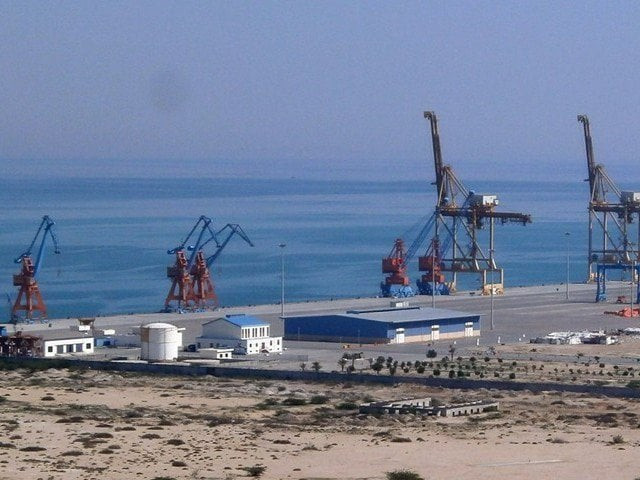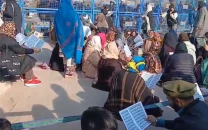CPEC 2.0: Taking Pak-China relationship to new heights
The aim is to lift not just nations but regions out of low level of economic development

The Belt and Road Initiative (BRI) is the most ambitious global undertaking of the 21st century. It reflects the vision of President Xi Jinping to not only continue the spectacular growth of China in the last four decades, but also create a world of shared prosperity through enhanced economic linkages.
The aim is to lift not just nations but entire regions out of low level of economic development and put them on the path of high economic growth and prosperity. The concept is built upon the historic trade corridors of the old Silk Route. CPEC is a pivotal part of this breathtaking global vision,
Launched in 2015, the first phase of CPEC focused on infrastructure. The largest part of the investments went into setting up power generation plants and building highway infrastructure. After the formation of the PTI government, work continued at full pace on the infrastructure projects which had been initiated.
In addition, new infrastructure projects were started with a particular emphasis on the western alignment of CPEC which connects the most underdeveloped regions of Pakistan with Gwadar and the major urban centres of Pakistan.
In addition, linked to the new government’s emphasis on clean energy, the power projects based on hydel energy like Azad Pattan and Kohala were progressed instead of imported thermal energy projects. Gwadar development has also seen significant progress.
The new international airport is under construction, the connection with national power grid is in advanced stages of completion, dams for increased water supply have been built, Eastern Expressway is nearly complete and a number of socioeconomic projects for the people of Gwadar and nearby areas are being implemented.
The second phase of CPEC is aligned to these very objectives. To accelerate industrialisation, it was decided to set up special economic zones (SEZ) under CPEC in each province. The first of these became operational in Faisalabad in early 2020.
This SEZ has attracted a number of investors and is expected to grow rapidly. The second SEZ has been set up in Rashakai in Khyber-Pakhtunkhwa and was inaugurated by the prime minister recently.
Read ‘Second phase of CPEC to focus on B2B, P2P ties’
The unique thing about Rashakai is that the developer of this SEZ is a Chinese company and it is responsible for marketing this SEZ to Chinese and other investors. It has already attracted foreign investors and the first of these projects is under construction in Rashakai and expected to start production next year.
The third SEZ which is expected to become operational is in Dhabeji in Sindh. The Sindh government is in the advanced stages of finalising the developer for this SEZ.
China has not just made progress in industrial and technology sectors but has also achieved great progress in the agriculture sector. That has been one of the foundations on the basis of which China has lifted more people out of poverty than any other nation in world history in a remarkably short period of time.
Similarly, Pakistan cannot lift its people out of poverty unless it is able to increase the productivity of its agriculture. The agriculture Joint Working Group under CPEC was set up last year after an MoU was signed in March 2020.
Exciting work under the CPEC umbrella has started in the field of agriculture also. Cotton being vital to Pakistan’s export economy, one of the first projects in this domain, has been started for high quality cotton seed production and field experiments are ongoing.
Large pieces of land in different provinces have been identified for collaborative investments by Chinese and Pakistani companies for different high value crops as well. Some areas in Balochistan, particularly the land near Mirani Dam, is being looked at for largescale dairy farming. Research collaboration between Chinese and Pakistani research institutions is being discussed.
This injection of new vitality and global connection for our agriculture research effort is absolutely vital for our agricultural transformation.
A JWG for science and technology had already been set up last year. It is extremely encouraging that both the Chinese and Pakistani sides have agreed to start a new working group for information technology.
The potential in this field is limitless and the agreement to form the information technology JWG under CPEC is the most exciting new development in the march towards increasing collaboration between China and Pakistan in the economic sphere.
As you can see from the above, CPEC is both broadening and deepening under the leadership of Prime Minister Imran and President Jinping. The relationship between the two countries has withstood the test of time and we are truly what the Chinese call iron brothers. With the CPEC second phase accelerating, the economic ties between the two friendly neighbours will continue to get stronger and stronger.



















COMMENTS
Comments are moderated and generally will be posted if they are on-topic and not abusive.
For more information, please see our Comments FAQ